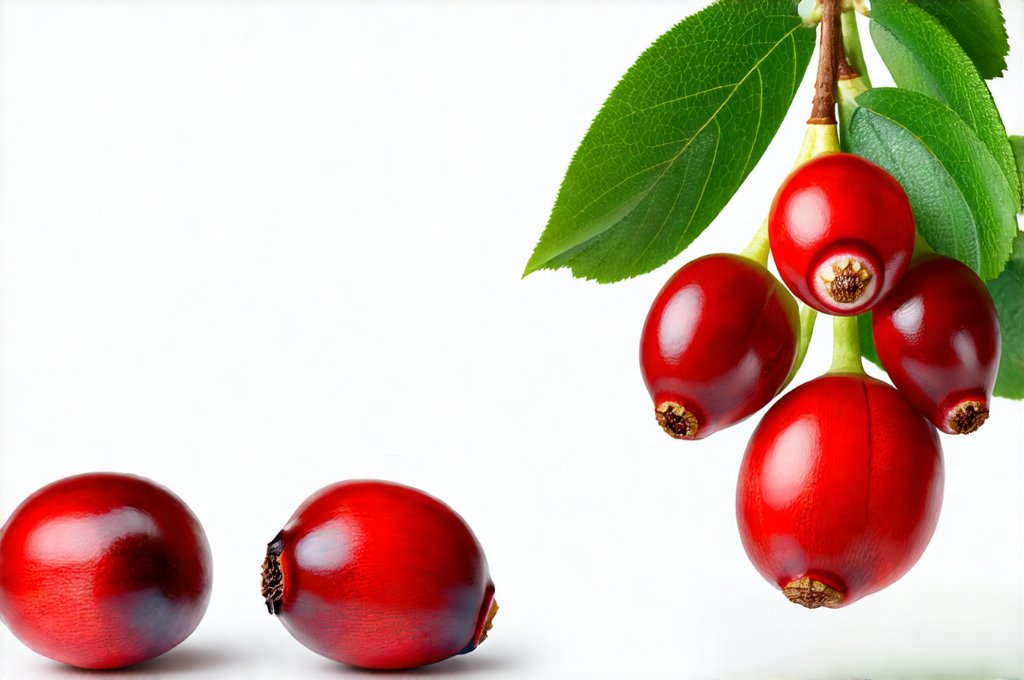Cranberry juice—a seemingly innocuous beverage—has long been touted as a natural remedy for urinary tract infections (UTIs). Generations have sipped it at the first sign of discomfort, believing its properties can prevent bacteria from adhering to the bladder wall and thus ward off infection. However, the reality is far more nuanced. While cranberry can be helpful for some individuals, its efficacy isn’t universal, and many people find themselves still battling UTIs despite diligently consuming this tart fruit drink. This disconnect between expectation and outcome sparks a crucial question: why doesn’t cranberry work for everyone?
The answer lies in a complex interplay of factors, ranging from the specific type of bacteria causing the UTI to individual physiological differences and even the form of cranberry consumed. The widespread belief in its effectiveness stems partly from historical use and marketing, but also from a lack of comprehensive understanding about how UTIs develop and what truly prevents them. It’s essential to move beyond simplistic solutions and acknowledge that UTI prevention and treatment are often multifaceted, requiring personalized approaches tailored to individual needs and circumstances.
The Science Behind Cranberry & UTIs
The proposed mechanism by which cranberry works centers around proanthocyanidins (PACs), a type of antioxidant found in high concentrations within the fruit. PACs are believed to interfere with Escherichia coli (E. coli)—the bacterium responsible for approximately 80-90% of uncomplicated UTIs—by preventing its fimbriae (hair-like structures) from adhering to the urothelial cells lining the bladder wall. Essentially, it makes it harder for the bacteria to stick around and establish an infection. However, this theory is not without limitations. Research has shown that PACs’ effectiveness varies significantly depending on several key factors.
First, PAC content in commercially available cranberry products can be highly inconsistent. Cranberry juice cocktails often contain very low levels of PACs due to dilution with other juices and added sugars. Even 100% cranberry juice may not deliver the necessary concentration for preventative effects. Second, E. coli isn’t the only culprit behind UTIs; other bacteria like Klebsiella pneumoniae, Proteus mirabilis, and even fungi can cause infections, and PACs don’t demonstrate the same inhibitory effect on these organisms. Finally, some strains of E. coli have developed mechanisms to resist PAC inhibition, further diminishing cranberry’s effectiveness.
Beyond PAC content, how the body metabolizes and absorbs PACs plays a crucial role. Individual differences in gut microbiome composition can influence how effectively PACs are broken down and utilized by the body. A compromised or imbalanced gut flora might reduce absorption rates, lessening the potential benefits of cranberry consumption. This highlights that what works for one person may not work for another due to variations in their individual physiology. Understanding why antibiotics sometimes don’t work can further illuminate these complexities.
Beyond Bacteria: The Role of Biofilms & Host Factors
While preventing bacterial adhesion is a key target in UTI prevention, it’s only part of the story. UTIs often involve the formation of biofilms – complex communities of bacteria encased in a protective matrix that makes them significantly more resistant to antibiotics and immune defenses. Cranberry’s PACs have limited ability to disrupt established biofilms. In fact, some research suggests they might even contribute to biofilm formation under certain conditions.
Furthermore, host factors—characteristics related to the individual’s body—play a substantial role in susceptibility to UTIs. These include:
– Estrogen levels: Lower estrogen levels (common after menopause) can lead to changes in the vaginal microbiome and urinary tract epithelium, increasing UTI risk.
– Anatomical variations: Differences in urethral length or bladder anatomy can affect bacterial clearance.
– Immune function: A weakened immune system compromises the body’s ability to fight off infection.
– Genetics: Some individuals are genetically predisposed to UTIs due to variations in genes related to immune response and urinary tract physiology.
These factors highlight that UTI prevention isn’t solely about targeting bacteria; it’s also about bolstering the body’s natural defenses and addressing underlying vulnerabilities. Cranberry simply doesn’t address these broader aspects of UTI susceptibility, which explains why some people remain prone to infections despite consistent consumption. Knowing why UTIs occur even with good hygiene can help individuals better understand their risk factors.
Why Form Matters: Juice vs. Capsules vs. Concentrates
The form in which cranberry is consumed dramatically impacts its potential effectiveness. As previously mentioned, commercially available cranberry juice cocktails are often diluted and contain low PAC levels, rendering them largely ineffective for UTI prevention. Even 100% cranberry juice can vary significantly in PAC content depending on the source and processing methods.
Cranberry capsules or tablets offer a more concentrated dose of PACs, potentially providing greater benefit than juice. However, bioavailability—the extent to which the body absorbs and utilizes the PACs—can still be an issue. Look for products that specifically state their PAC content and are standardized for consistent potency. Cranberry concentrate is another option, often used in supplement formulations, but again, quality control and standardization are critical.
It’s important to note that many cranberry supplements don’t clearly specify the type of PACs they contain (A-type vs. B-type). A-type PACs are generally considered more effective at preventing E. coli adhesion, so choosing a supplement with standardized A-type PAC content may be beneficial. Finally, it’s crucial to remember that supplements aren’t regulated as strictly as pharmaceuticals, so selecting reputable brands and looking for third-party testing certifications (e.g., USP, NSF International) can help ensure product quality and accuracy of labeling.
The Importance of Hydration & Proactive Strategies
Cranberry should never be viewed as a standalone solution for UTI prevention or treatment. A holistic approach that incorporates adequate hydration, good hygiene practices, and other proactive strategies is far more effective. Drinking plenty of water helps flush out bacteria from the urinary tract, reducing the risk of infection.
Other helpful strategies include:
– Urinate after intercourse: This helps eliminate bacteria that may have been introduced during sexual activity.
– Avoid irritating feminine hygiene products: Douches, scented soaps, and sprays can disrupt the vaginal microbiome, increasing UTI susceptibility.
– Choose cotton underwear: Cotton is breathable and allows for better air circulation, reducing moisture buildup.
– Consider D-mannose supplements: D-mannose is a naturally occurring sugar that works similarly to PACs by preventing E. coli adhesion, but it may be more effective for some individuals.
It’s also important to address any underlying health conditions that might increase UTI risk, such as diabetes or immune deficiencies. If you experience frequent UTIs (more than two in six months or three in a year), consult with your healthcare provider to rule out underlying issues and discuss personalized prevention strategies. Learning safe self-care tips can empower you to take control of your urinary health.
When To Seek Medical Attention
While cranberry may offer some preventative benefits for some individuals, it’s not a substitute for medical care. If you suspect you have a UTI – symptoms include burning sensation during urination, frequent urge to urinate, cloudy urine, and pelvic pain – it’s crucial to consult with your healthcare provider promptly. UTIs can become serious if left untreated, potentially leading to kidney infection (pyelonephritis) or sepsis.
Antibiotics are typically the primary treatment for UTIs, and self-treating with cranberry alone could delay appropriate medical intervention. Your doctor can accurately diagnose the cause of your UTI, prescribe the most effective antibiotic, and rule out any underlying complications. Remember that relying solely on natural remedies without seeking professional medical advice can be detrimental to your health.
In conclusion, the perceived effectiveness of cranberry for UTIs is often overstated. While its PACs may offer some preventative benefits by inhibiting bacterial adhesion, their efficacy varies significantly based on factors like bacterial strain, PAC content, individual physiology, and form of consumption. A holistic approach that combines adequate hydration, good hygiene practices, proactive strategies, and appropriate medical care remains the most effective way to prevent and treat UTIs.





















